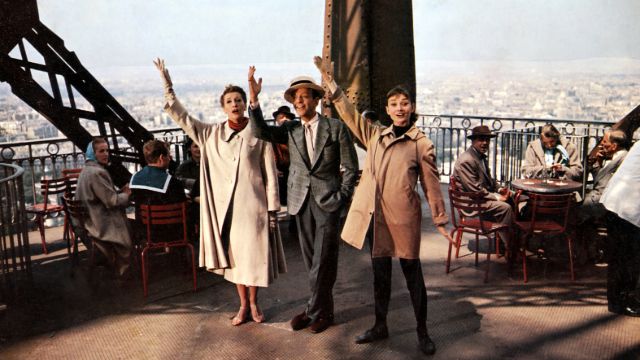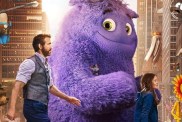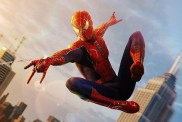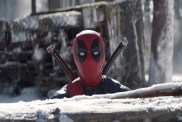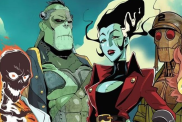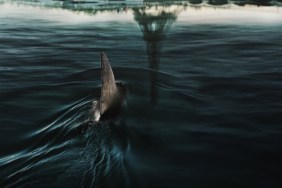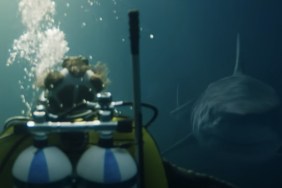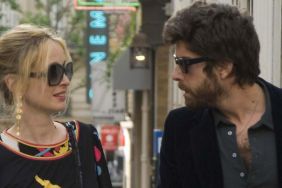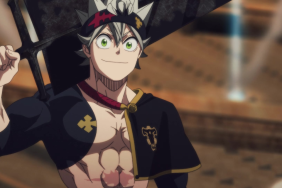ComingSoon.net is flying across the pond and taking the Eurostar to Paris in order to select the very best films set in the glorious capital of France. Check out our picks in the gallery below!
RELATED: 10 Scenes in Justice League 2017 We’re Shocked Zack Snyder Shot
Paris. The city of lights. The city of love. The city of… all kinds of stuff. Bread. Urinals in the streets. The Eiffel Tower (did you know that the Eiffel Tower at night is copyrighted? You’re technically not allowed to take a picture of it). A truly and thoroughly original place. It’s no wonder so many movies choose to set their stories there.
From comedy to action to family-friendly films, Paris has proved to be the perfect setting time and time again. It’s romantic. It’s intricate. It’s sprawling. It’s beautiful. It’s the perfect place for these films and plenty more like them. Still, without a doubt, these are the best films in or about Paris.
RELATED: CS Soapbox: What is the WandaVision/The Incredible Hulk Connection?
What are your favorite movies set in Paris? Let us know in the comments below!
Paris movies
-
The 400 Blows (1959)
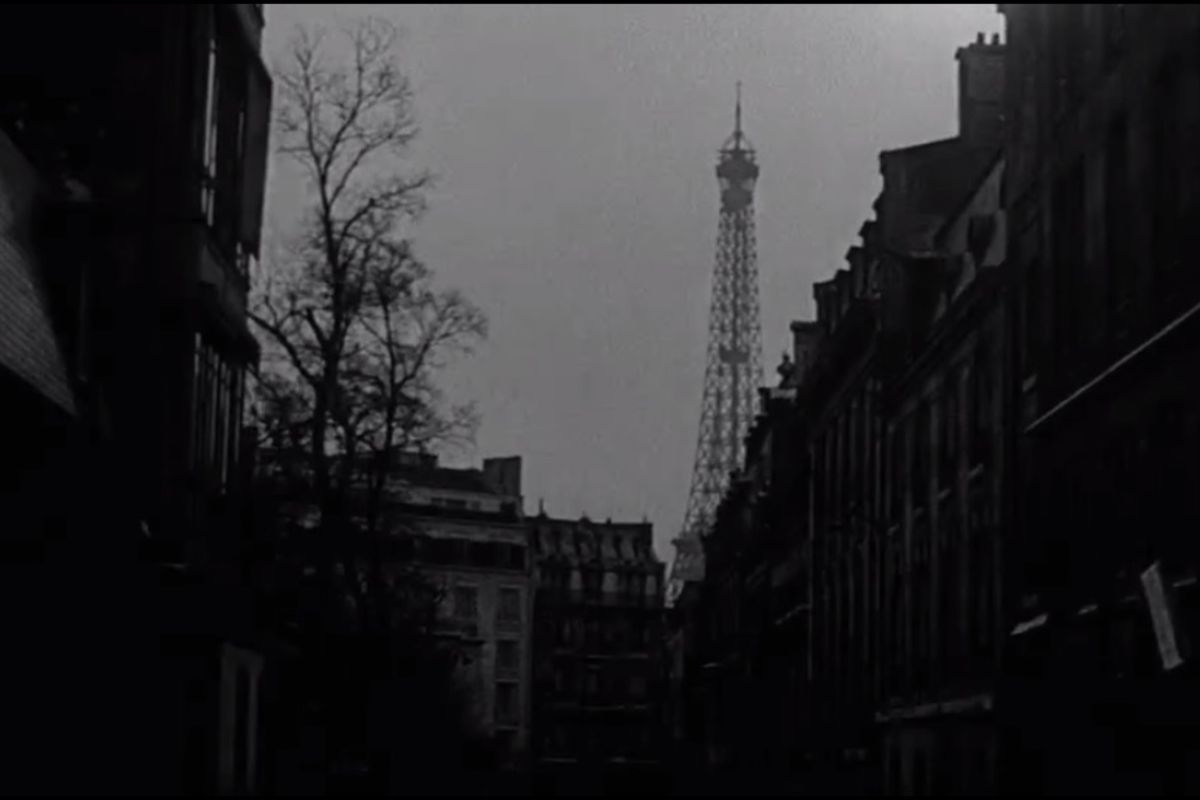
Francois Truffaut started out as a film critic but eventually became a real filmmaker once he realized that if he wasn’t going to change film then, no one was. It’s a good thing he did: his debut feature, The 400 Blows, effectively boosted the French New Wave to worldwide recognition.
-
Amélie (2001)
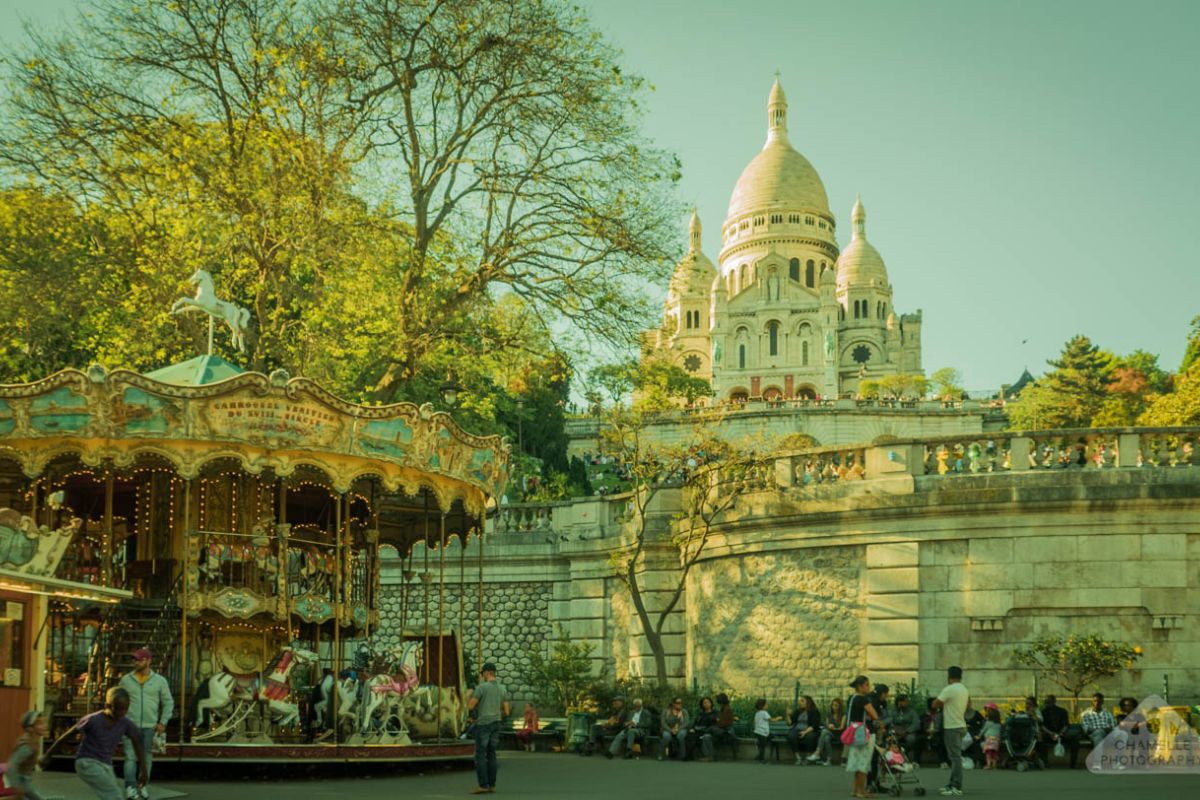
One of the seminal indie comedies of the 21st century, Amélie is quirky and cute in a way that rivals only Wes Anderson. It’s made all the better by its gorgeous Paris scenery and French dialogue.
-
Before Sunset (2004)
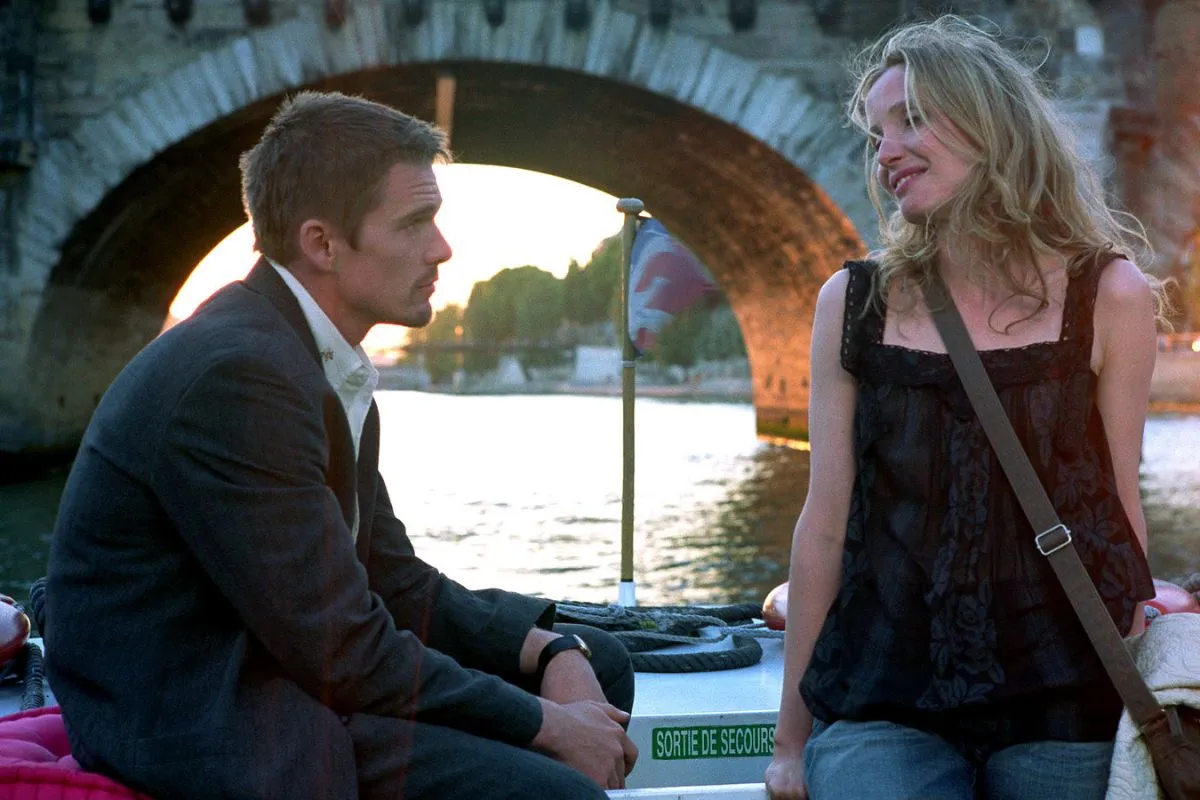
Richard Linklater’s Before trilogy ranks among the best trilogies ever made, and its middle installment—Before Sunset—totally feeds off of its Paris setting to elevate the film to all new heights. It’s beautiful because of the romance depicted and beautiful because of the city it’s set in.
-
Breathless (1960)
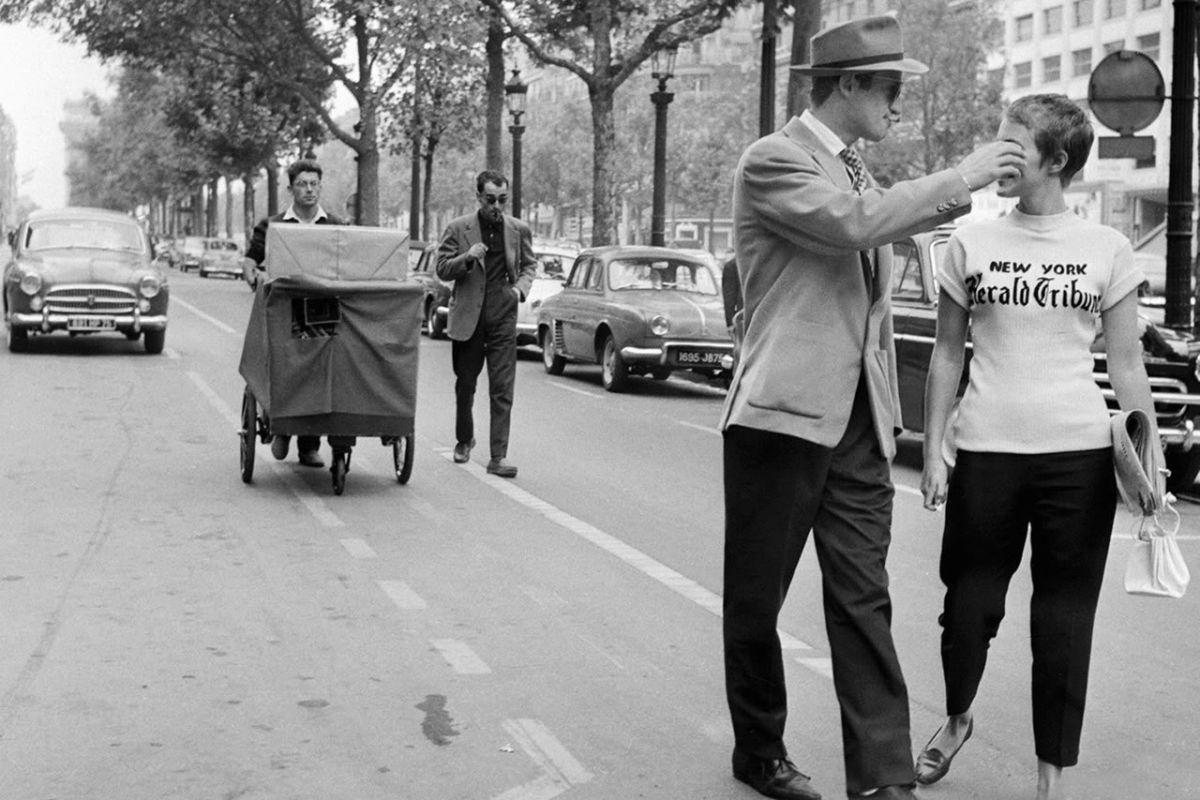
The French New Wave saw all kinds of French filmmakers pushing the limits of filmmaking in ways Americans and other nations of filmmakers never even dared to. The end result, especially films like Jean-Luc Godard’s Paris-set Breathless, changed movies as we know them forever.
-
Cléo from 5 to 7 (1962)
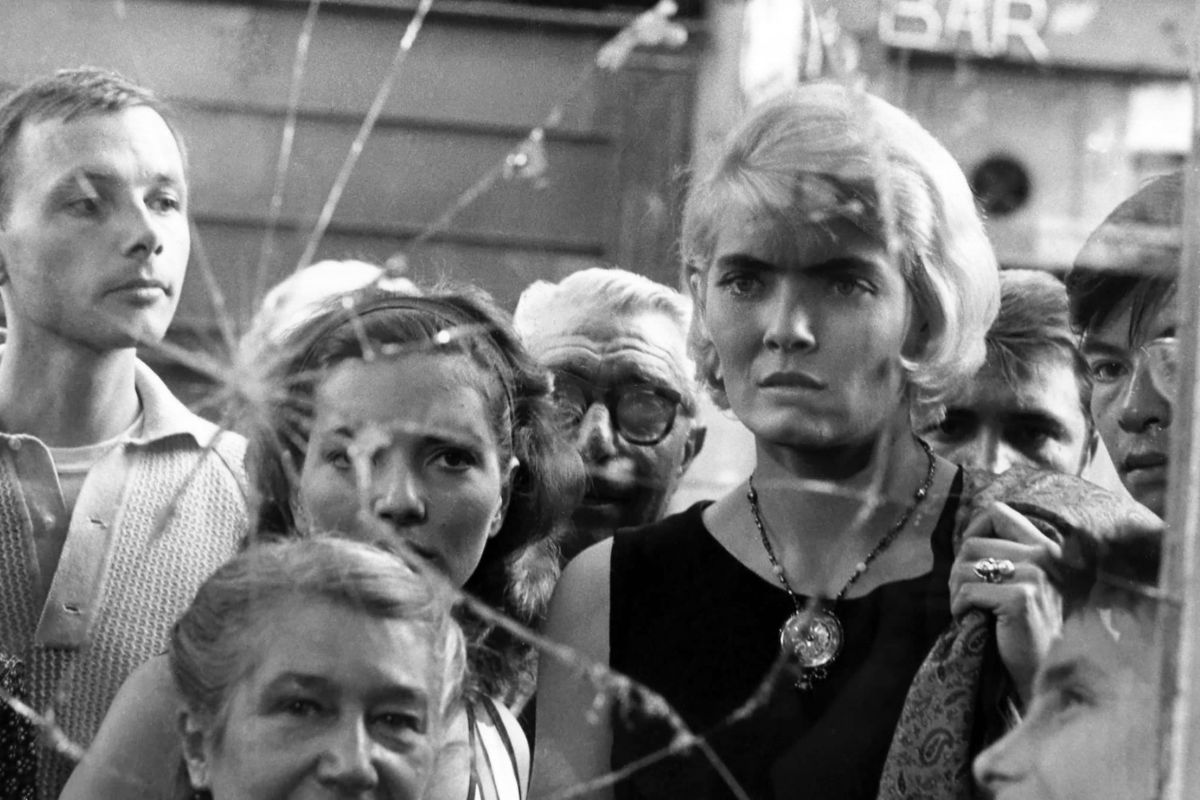
Another key figure of the French New Wave was Agnès Varda, who passed away quiet recently (RIP). Her film Cléo from 5 to 7, which sees the titular character on a romp all across Paris, is proof enough of her huge influence.
-
Funny Face (1957)
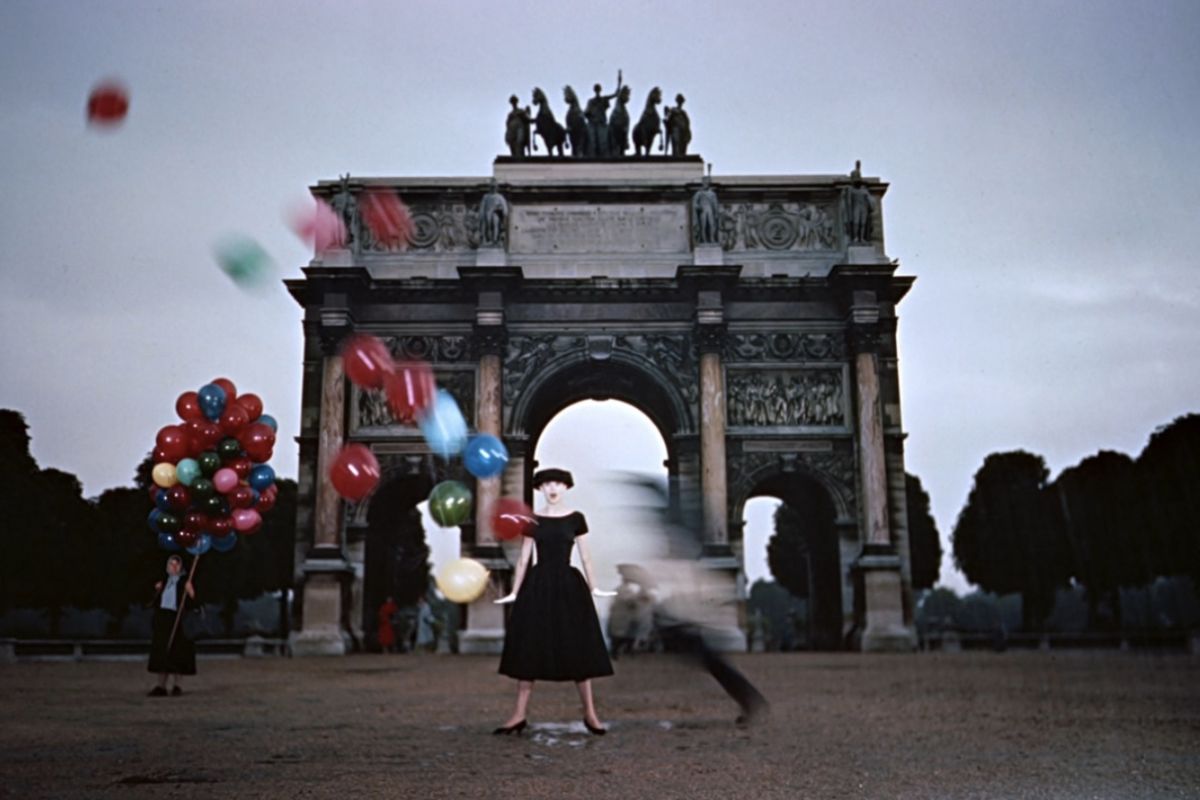
Audrey Hepburn is one of the most iconic actors from the Golden Age of Hollywood, and Stanley Donen’s Funny Face is one of many reasons why she managed to make such a huge impression on moviegoers. She’s electric here, dancing and modeling all over Paris.
-
La Haine (1995)
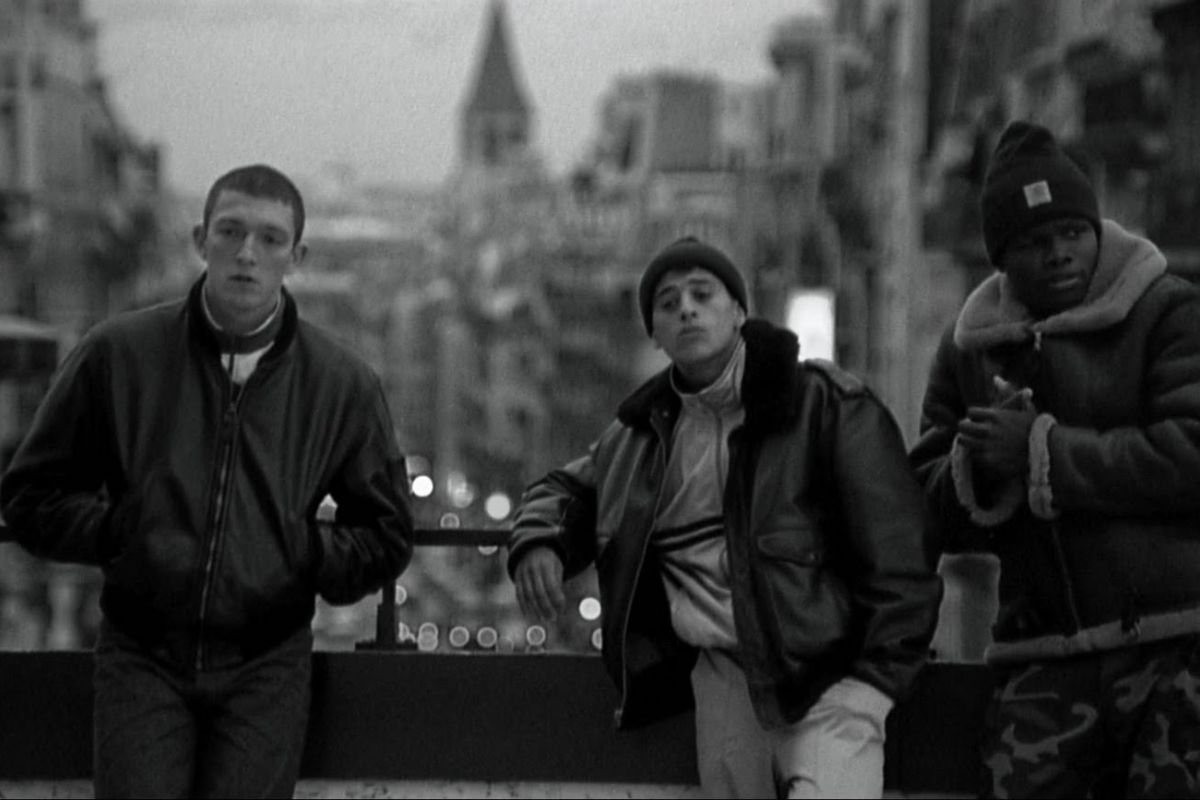
Paris isn’t all fun and games like most of these movies suggest—1995’s La Haine shows the seedy and violent underbelly of this stereotypically stunning city. Income inequality, racism, and marginalization—all issues Americans face—are all present in this French city.
-
Le Samouraï (1967)
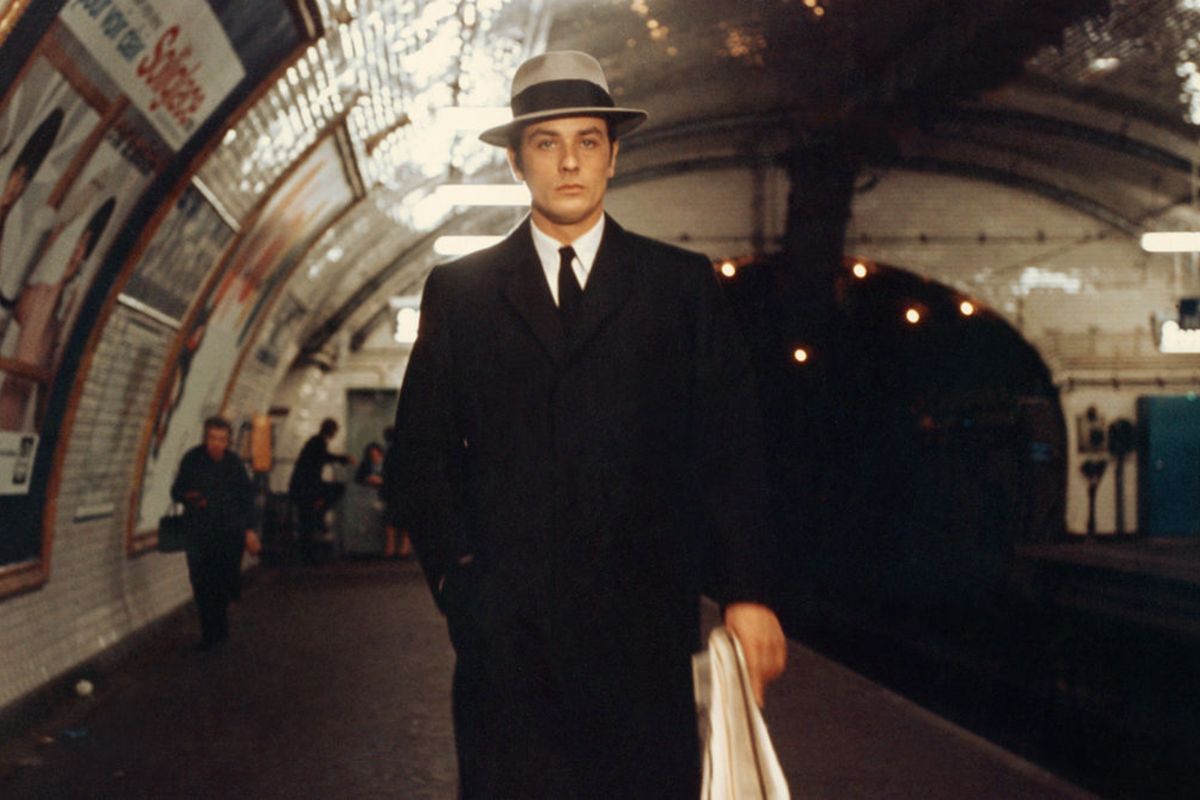
Combining the best parts of 1940s American filmmaking and 1960s French New Wave stylings, Le Samouraï follows a Parisian contract killer with the skill of a Japanese samurai. It’s one of the most special films to come from the city and the French New Wave movement as a whole (even if it does come dangerously close to the cutoff of the end of the movement).
-
PlayTime (1967)
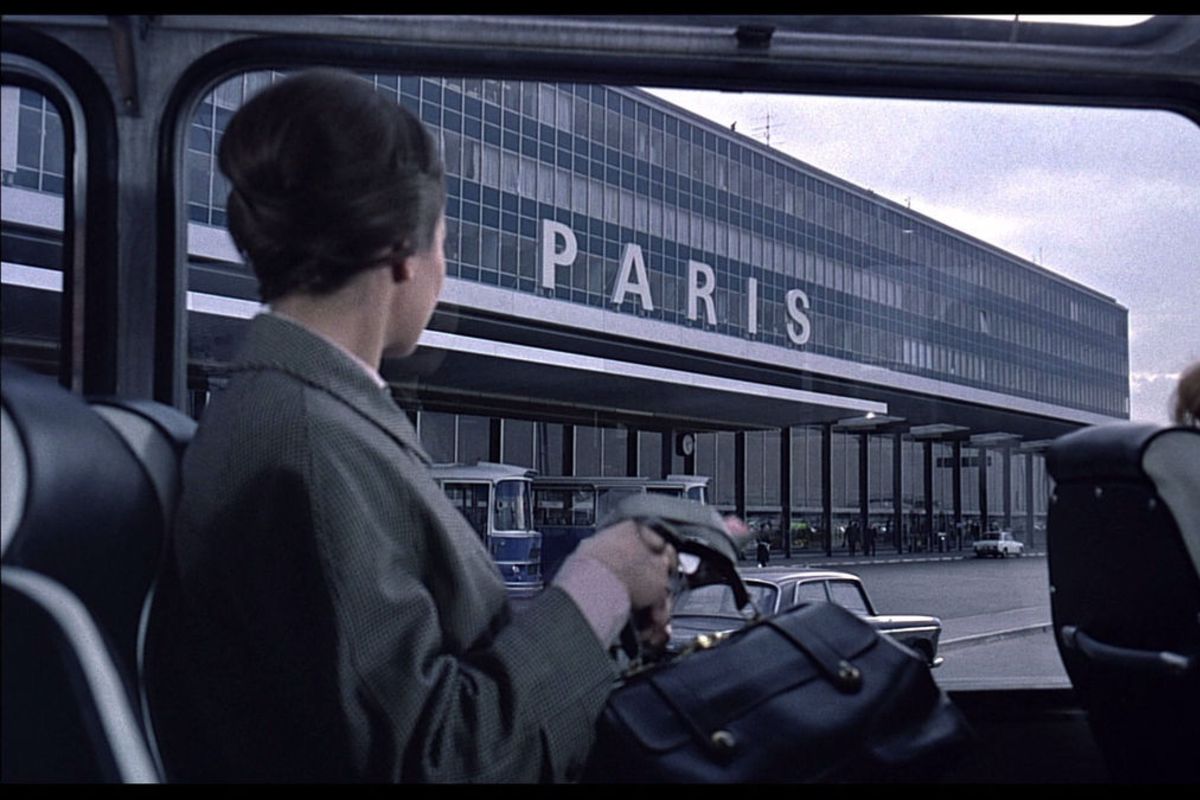
Released the same year as Le Samouraï, PlayTime is practically wordless but exquisitely and expertly designed. Jacques Tati is a clear influence on Wes Anderson, but that doesn’t mean that this film wasn’t a huge strain on both director and studio. Still, it’s simply a delight, making the most of its Paris setting at all times.
-
Ratatouille (2007)
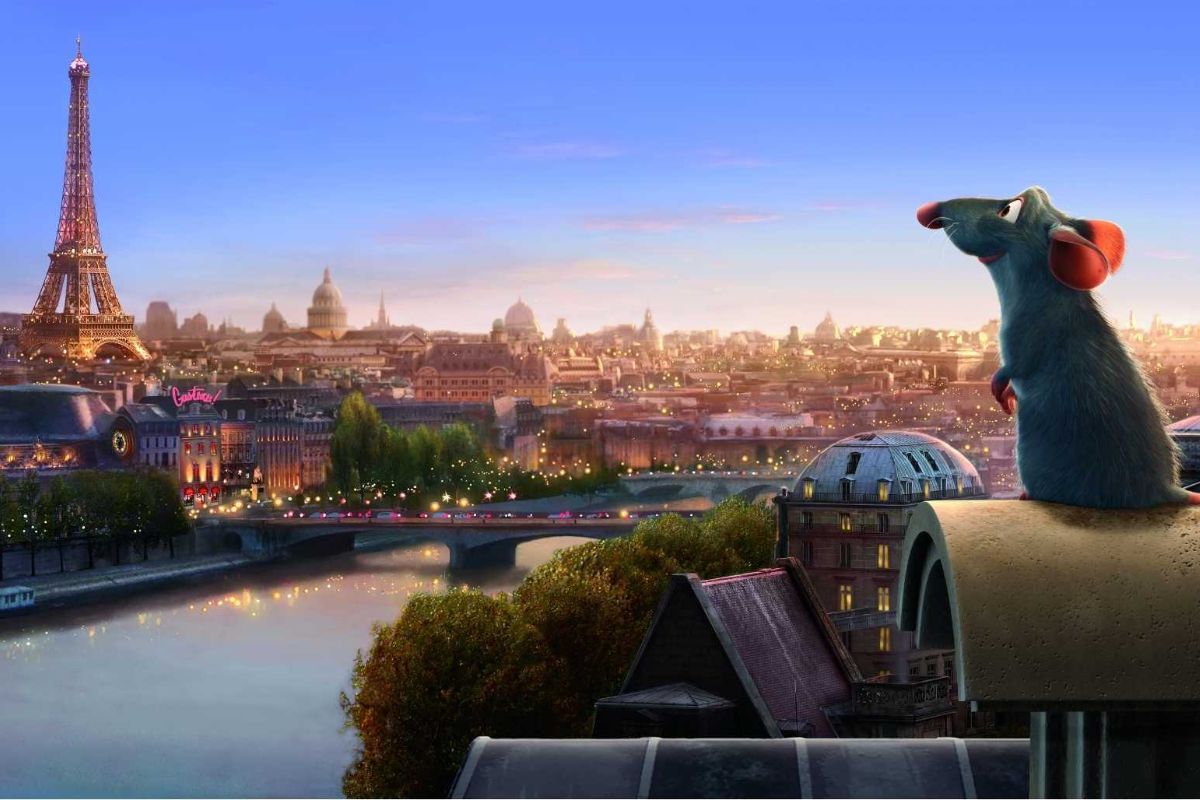
A lot of people seem to forget about how good Ratatouille is when ranking their favorite Disney/Pixar films. One look at a single frame of Ratatouille should make you reconsider your placement of the film, especially whenever Remy and Linguine are out and about in Paris.
